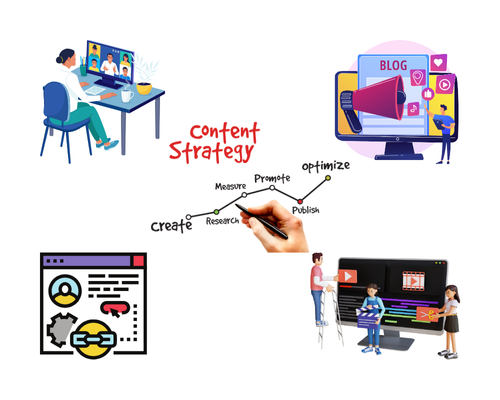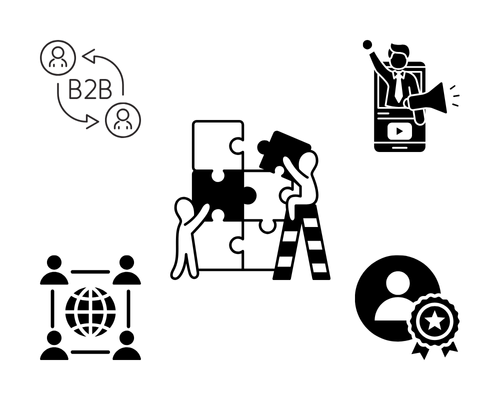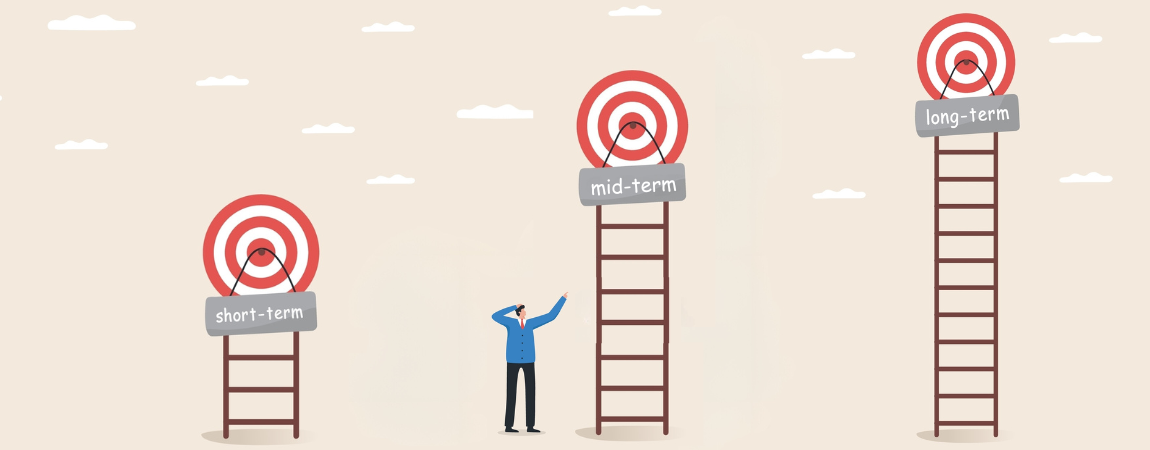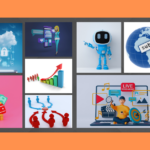This article contains affiliate links – but that doesn’t mean this piece is an ad.
All content is our honest take on the service/product and incorporates our
real thoughts and experience using it.
A good marketing strategy should be a mix of sprinting, jogging, and hopping on a golf cart when possible. All possibilities will get you to the finish line, but the amount of effort and timing will vary.
Balancing short-term gains with long-term growth can be a challenging feat. While short-term marketing campaigns provide quick wins and immediate ROI, mid-term marketing strategies offer a middle ground. They blend the urgency of short-term efforts with the stability of long-term plans.
So, let’s explore actionable mid-term marketing campaigns, their costs, and the pros and cons of each approach. We’ll also tie in our previous discussion on short-term campaigns and set the stage for the next article on long-term strategies.
Table of Contents
Understanding Mid-Term Marketing Campaigns
Mid-term marketing campaigns typically span from three to twelve months. They are designed to build on the momentum of short-term tactics and lay the groundwork for sustainable, long-term growth. These campaigns help you nurture leads, build brand awareness, and create lasting customer relationships.
1. Content Marketing Strategy

Content marketing remains a cornerstone of mid-term marketing efforts. Developing a robust content strategy that includes regular blog posts, guest articles, webinars, and video content can establish your brand as a thought leader in your industry.
Actionable Step: Create a content calendar for the next six months. Plan out weekly blog posts, monthly webinars, and a series of educational videos. Focus on topics that address your audience’s pain points and showcase your SaaS product’s benefits.
Cost: Varies; in-house content creation can be low-cost, while outsourcing can range from $100 to $500 per piece of content.
Pros:
- Builds brand authority and trust
- Improves SEO and organic traffic
- Provides valuable resources to your audience
Cons:
- Time-consuming to produce high-quality content
- Requires consistent effort and planning
2. Email Marketing Campaigns
Email marketing is a powerful tool for nurturing leads and maintaining customer relationships. Mid-term email campaigns can include drip sequences, newsletters, and personalized follow-ups.
Actionable Step: Set up a six-month email drip campaign for new leads, offering valuable content, product tips, and exclusive offers. Use segmentation to tailor your messages to different audience segments.
Cost: Email marketing software typically ranges from $20 to $200 per month, depending on the size of your email list.
Our recommendation? Try Apollo. This email marketing and automation tool has a free plan. And for businesses — the highest-tier option will only set you back $119/month per user.
Pros:
- High ROI and cost-effective
- Personalizes customer communication
- Automates lead nurturing
Cons:
- Requires regular maintenance and updates
- Risk of low engagement if not well-targeted
3. Social Media Engagement
Building a strong social media presence over the mid-term involves more than just posting regularly. It includes engaging with your audience, participating in relevant conversations, and leveraging user-generated content.
Actionable Step: Develop a social media engagement plan that includes daily interactions, weekly-themed posts, and monthly contests or challenges. Use tools like Pallyy or Buffer to schedule and manage your posts.
Cost: Minimal if managed in-house; social media tools range from $10 to $99 per month.
Pros:
- Enhances brand visibility and engagement
- Builds a community around your brand
- Drives traffic to your website
Cons:
- Time-intensive to maintain consistent engagement
- Requires creativity and adaptability
4. Partnership and Collaboration

Collaborating with other businesses, influencers, or industry experts can amplify your reach and credibility. Mid-term partnerships can include co-hosted webinars, joint content creation, or cross-promotions.
Actionable Step: Identify potential partners within your industry and propose mutually beneficial collaborations. Plan a series of joint webinars or create co-branded content that you can share with both audiences.
Cost: Typically involves shared resources; minimal direct costs.
Pros:
- Expands your audience reach
- Leverages the credibility of your partners
- Creates unique and engaging content
Cons:
- Requires coordination and alignment of goals
- Success depends on the partner’s engagement
5. Retargeting Campaigns
Retargeting helps you stay top-of-mind with potential customers who have previously interacted with your brand. Mid-term retargeting campaigns can re-engage these users and encourage conversions.
Actionable Step: Set up retargeting ads on platforms like Google Ads and Facebook to reach users who visited your website but didn’t convert. Use compelling offers or reminders to entice them back.
Cost: Depends on ad spend; typically effective with budgets from $100 to $500 per month.
Pros:
- Targets warm leads who are already familiar with your brand
- Increases conversion rates
- Provides measurable results
Cons:
- Can be perceived as intrusive if overdone
- Requires careful budget management
Integrating Mid-Term and Short-Term Strategies
Mid-term marketing campaigns are most effective when they build on the quick wins from short-term strategies. For instance, the content generated in a mid-term campaign can be promoted through short-term social media ads, and leads captured from short-term efforts can be nurtured through mid-term email sequences.
As Alex Hormozi emphasizes in his content, the key is to maintain a balanced approach that leverages immediate gains while laying the foundation for sustained growth.
Looking Ahead: Long-Term Strategies
While mid-term campaigns provide a crucial bridge between short-term and long-term efforts, they are not the endgame. In our next article, we’ll delve into long-term marketing strategies that ensure enduring success and stability for your SaaS business. These strategies will help you create a robust, scalable marketing framework that can withstand market fluctuations and drive continuous growth.
By implementing these mid-term marketing strategies, you can achieve a balanced approach that maximizes ROI and sets the stage for lasting success. Remember, the key is to integrate these efforts with your short-term and long-term plans, ensuring a cohesive and comprehensive marketing strategy. Happy marketing!




